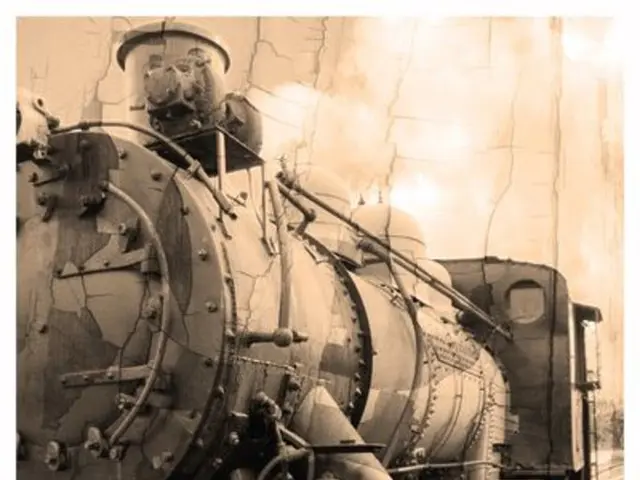Fulfilling Orders Completely - The Ultimate Retail Goal!
In the contemporary retail world, omnichannel fulfillment is the foundation of success. One company, unnamed for this article, has learned this lesson the hard way.
For years, the company has been grappling with cost pressures, delivery delays, capacity constraints, and excessive material handling, institutionalizing these issues within their operations. These challenges have been a result of their reliance on individual unit fulfillment, a method that has proven to be time-consuming, costly, and wasteful.
The paradigm shift towards full case fulfillment could have been the solution. By adopting this distribution productivity model, the company could have saved both time and money. Each case, containing hundreds of items, would have been handled fewer times, reducing the need for material handling and the associated costs.
Amazon, a brand that has made a name for itself in the retail sector, has successfully implemented full-box filling to maximize cost efficiency and time savings. This strategy bypasses the pick/pack process, going directly from receiving to shipping, significantly reducing the number of touches from 400 to just 102, a 75% reduction in handling activity.
The benefits of full case fulfillment extend beyond cost savings. It could result in faster time to fulfillment and faster time to market, making the company more competitive in the marketplace.
In an attempt to optimize their fulfillment, the company tried to give stores precisely what they forecasted they may sell. However, this approach led to wasted resources. The company invested $25 million to automate their Distribution Centre, but unfortunately, the automation focused on fulfilling orders in individual units instead of case fulfillment. As a result, at least $20 million was wasted by perpetuating individual unit fulfillment.
The company could have saved this money and improved their operations by changing their operating model. Drop shipping, a method where goods are shipped directly from the manufacturer to the customer, would have further reduced costs, including freight costs, and eliminated the need for the pick and pack operation.
Brands that want to succeed in the contemporary retail world must provide personalized and frictionless cross-channel experiences. By adopting full case fulfillment and drop shipping, companies can streamline their operations, reduce costs, and improve their customer service, setting themselves up for success in the competitive retail landscape.
In conclusion, the case study of this retail company highlights the benefits of full case fulfillment and drop shipping in reducing costs, improving efficiency, and streamlining operations. By learning from this example, other companies can make informed decisions about their fulfillment strategies and set themselves up for success in the contemporary retail world.








